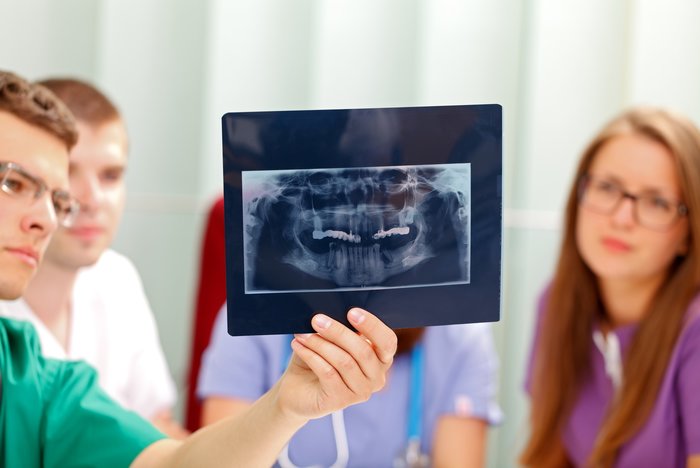
Imagine sitting through a visit with the dentist without the use of suction. Medical suction machines allow dentists, periodontists, and oral surgeons the ability to keep the airway clear while performing critical treatments.
Dentistry has been around for more than 9,000 years in some parts of the world, and yet the first college of dentistry didn't open in America until 1840. Toothpaste and toothbrushes followed later in the century. And today, there is a veritable obsession with white teeth—at least in the United States.
Oral health is a global problem. Here are some disturbing statistics from the Centers for Disease Control and Prevention and the World Health Organization (WHO)
- About 26% of adults in the U.S. have untreated tooth decay.
- Almost half of all adults aged 30 years or over have signs of gum disease
- About 50% of the global population suffers from some sort of oral disease.
Modern tools and technology enable dentists to remove, replace, straighten, whiten, and cap teeth, as well as perform gum graft surgery. But none of this would be possible without the use of medical suction. So, let's examine three dental scenarios requiring a medical suction machine.
General Dentistry
Even the simplest dental procedures require the use of medical suction. The salivary glands constantly produce saliva, and if left to drain into the oropharynx during a procedure, excessive saliva could impede air exchange or choke the patient. The use of numbing agents can make swallowing difficult. Without effective oral suction, the patient could be at risk for obstruction or hypoxia.
Tooth Extraction
According to the National Institutes of Health, 17.3% of people 65-plus in the U.S. have had all their teeth extracted. Oral health is a good indicator of overall health. It is difficult to be healthy if you suffer from dental disease. Gum disease and tooth loss can prevent the consumption of a balanced diet, which can lead to nutritional and immune deficiencies. This is a common problem among impoverished countries lacking adequate hygiene, preventative medicine, and modern dentistry.
When teeth are removed, it creates trauma to the area, which typically causes bleeding. Without suction, the patient may swallow the blood, leading to nausea and vomiting. Excessive bleeding, like saliva, can also prevent adequate airflow, leading to hypoxia. Tissue and clots can cause obstructions if not removed, which makes effective medical suction a necessity anytime teeth are extracted.
The appropriate size of suction catheter is also critical in these situations. A normal, small-tipped catheter will be ineffective in removing larger debris, like teeth and clots. The use of an evacuation tool is most effective in such situations and will prevent clogs and the need for catheter replacement.
Patient Sedation
Many dental procedures, especially those that produce excessive pain, are performed with the patient partially or fully sedated. Anytime a patient is sedated, he or she loses the ability to protect his or her airway effectively. Blood, saliva, and tissue can fall to the back of the throat, blocking air movement and placing the patient at risk for aspiration.
Oral suctioning is critical to the safe sedation of patients undergoing dental procedures. Airway patency is the most important aspect of patient care and must be prioritized. Having an efficient medical suction machine at the ready is the most effective means of ensuring the airway is protected.
Modern dentistry could only have come as far as it has with the application of effective suctioning. And today's medical suction machines ensure full protection of the patient's airway, whether he or she is undergoing a simple cleaning or complex oral surgery.
Editor's Note: This blog was originally published in October, 2017. It has been re-published with additional up to date content.
















